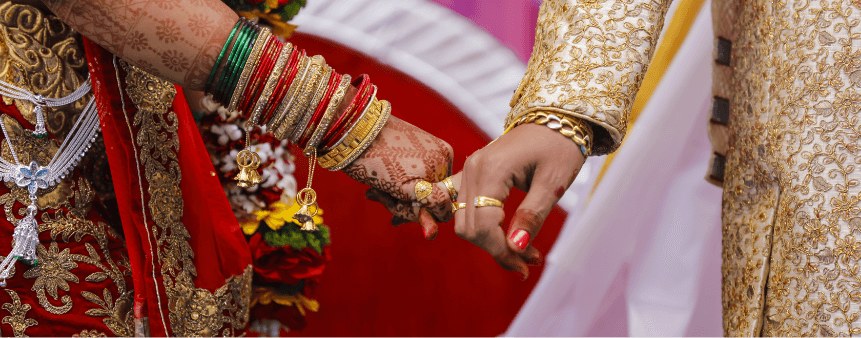Talk to India's best Astrologers
First Consultation at ₹1 only
Login
Enter your mobile number
Observed on the 13th night and 14th day of the Krishna Paksha of the Lunar month Phalguna, Mahashivratri is a festival dedicated to Lord Shiva and his power. As per the Gregorian Calendar, this festival usually falls between February and March. Mahashivratri translates to the 'Great Night of Shiva' and is a grand affair for Hindus. People commemorate this day by fasting, engaging in acts of charity, meditating, and staying up the whole night praying to Shiva. This festival focuses on Shiva's power and helps people feel more connected and in touch with him.
While Mahashivratri 2023 took place on 18 February, Maha Shivaratri 2024 date is 8 March. According to the Maha Shivaratri 2024 tithi, the Maha Shivaratri 2024 Nishita Kaal Puja time will be between 12:07 AM and 12:56 AM on 9 March. In addition, the Parana time is between 06:37 AM and 03:29 PM on the same day. So, the Mahashivratri puja time 2024 or the Mahashivratri 2024 muhurat time is between 12:07 AM and 12:56 AM. Devotees can gain the utmost blessings and positivity by praying to Lord Shiva during this period.
The story behind Shivaratri has several legends linked to it, and each is greater than the other. All these stories, related together, bring us to the festival of Mahashivratri and help us understand the importance of this festival. These stories have some or the other morals behind them and act as teachings for people when it comes to religion or spirituality. Here are the different versions of the Maha Shivaratri story:
According to this version of the story, Mahashivratri is celebrated to remember the epic battle between the Devas and Asuras, which led to the churning of the ocean or Samudra Manthan. During this, an Amrita or nectar of immortality was made, along with several other items and treasures, including a pot of poison. The poison, or Halahal, had the potential to destroy all creation, and the Devas begged Lord Shiva to save the Universe.
Seeing all the Gods in distress, Lord Shiva drank the poison to save the Universe, and the poison turned his throat blue. This gave him the name 'Neelkanth'. The episode of Samudra Manthan reminds people of the struggle between good and evil, Shankar Ji's unbound selflessness and love, and the win of good over evil. Some devotees also believe that Shiva and Parvati got married on the day of Mahashivratri.
Parvati went under intense meditation of Tapasya to win Lord Shiva. Mahadev, pleased with her devotion, agreed to marry her, and this led to the divine union of masculine and feminine energies of the Universe. Some traditions and beliefs also hint towards Lord Shiva's form of Linga and how he came as a fiery Linga in front of Vishnu and Brahma. This act was a challenge to both these Gods, and Lord Shiva asked them to find his beginning or end.
When the Gods couldn't, they turned to Shiva for his help, and he turned back to his original form, establishing his power as an infinite being. These stories all hint towards Shankar's grace, benevolent nature, love, affection, and selflessness. While he is known for his anger and fiery energy, Lord Shiva is also a loving deity who protects his devotees from all harm.
The significance of Mahashivratri primarily focuses on channelling energy towards Lord Shiva and invoking him with utmost love, devotion, and unified energy. Since this day is dedicated to Lord Shiva, this occasion also reminds us of Shiva's teachings and urges people to pay attention to their practices and be selfless. Moreover, this day also marks spiritual growth, awareness, and realisation, talks about marital unity and bliss, removal of negative tendencies and practices, focusing on meditation and calming the mind, and being unified with one and all.
The significance of Mahashivratri also highlights the infinite form of Shiva, how his grace and mercy are limitless, and his principles of utmost devotion, spirituality, and search for truth. Per the importance of Mahashivratri, people should remember to invoke Shiva’s principles in all their tasks and do their best to stay away from the things that are not good for the soul. Furthermore, this day also acts as a reminder that people possess the power to free their souls from the cycle of life and death. The primary message of this day is that the soul is limitless.
The Mahashivratri rituals are some of the most elaborate traditions for any festival. The Mahashivratri rituals are done with utmost enthusiasm and devotion, and devotees find themselves lost in the magic and divinity of Lord Shiva.
Mahashivratri in 2024 will be a grand affair, as it was in 2023 and will remind devotees of their love and affection for Shiva and his unending grace and kindness for his believers. This special day will also help people understand their true purpose in life, make changes in accordance with Mahadev's values, and allow them to feel more in touch with Shankar. Be it the Shivratris of every month, Mahashivratri, or the celebration of Mahadev during the Sawan period, when it comes to Lord Shiva; every festivity is an elaborate and beautiful affair.
